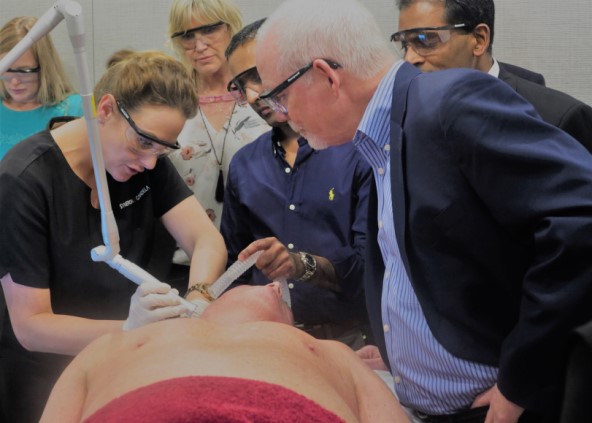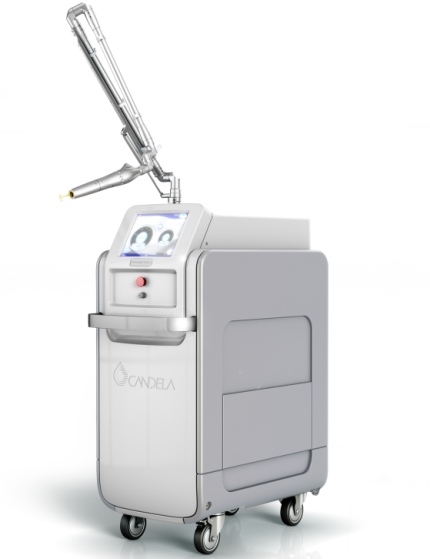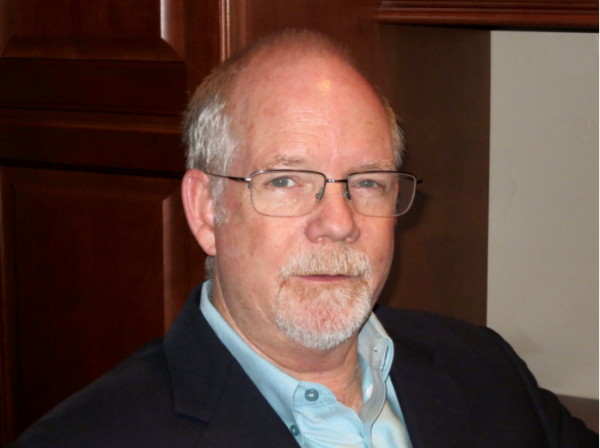Dr Stephen Eubanks, one of the world’s leading dermalogical laser practitioners, was in Australia this week to train therapists in the use of Syneron Candela’s new PicoWay laser.
Dr Eubanks, the founder of the Dermatology & Laser Centre in Denver, was one of the first dermatologists in the US to introduce a laser into his practice ‒ a pulsed dye laser which took up as much space “as a small dining table” in 1989.
“I had read several articles about lasers in medical journals and wanted to use them,” he says.
However his supplier provided “no training whatsoever” so Dr Eubanks had to teach himself by “conservatively treating” patients.
“Although the laser was extremely effective at removing birthmarks and vascular lesions it left visible scarring on every one,” he says.
“The patients were however willing to put up with this side-effect as there were no other treatment options.”

Since then Dr Eubank’s passion for lasers has grown with the technological advances in the industry which include: the 1990 launch of short-laser light energy lasers that could eradicate tattoos in five to 10 treatments; the 1990-1995 introduction of “the game-changing” hair removal devices which “made lasers popular”; and the 1995 release of the Co2 laser to treat wrinkles.
Dr Eubanks said the latter was extremely effective but required four weeks of downtime and left many patients with “white faces”.
“When you wipe away the whole surface of skin the pigment gets wiped away too,” he explains.
Not surprisingly Dr Eubanks welcomed the arrival of fractional laser, “which punctures tiny little holes in the skin rather than the remove the entire layer” in 2004.
“Nobody turned white anymore and patient downtime went from one month to one week.”
Dr Eubanks is equally pleased with the latest innovations in laser technology.

“New lasers like Syneron Candela’s PicoWay, which uses three wavelengths (532nm, 785nm and 1064nm) to treat a wide variety of pigmented lesions and tattoos, cause virtually no damage to the skin’s surface as they work from below the skin’s surface.”
Readily acknowledging that the PicoWay doesn’t provide the same results in a single treatment as its more aggressive predecessors, he said the absence of any downtime (the treated area only remains red for a few hours) more than compensates – and similar results can be achieved with a series of four treatments.
Today Dr Eubanks has 12 lasers at his Denver practice for a wide range of medical and cosmetic uses.
He believes that today’s lasers are suitable for use in a wide variety of environments including beauty salons.
“A medical qualification is not necessary to operate a laser,” he says.

